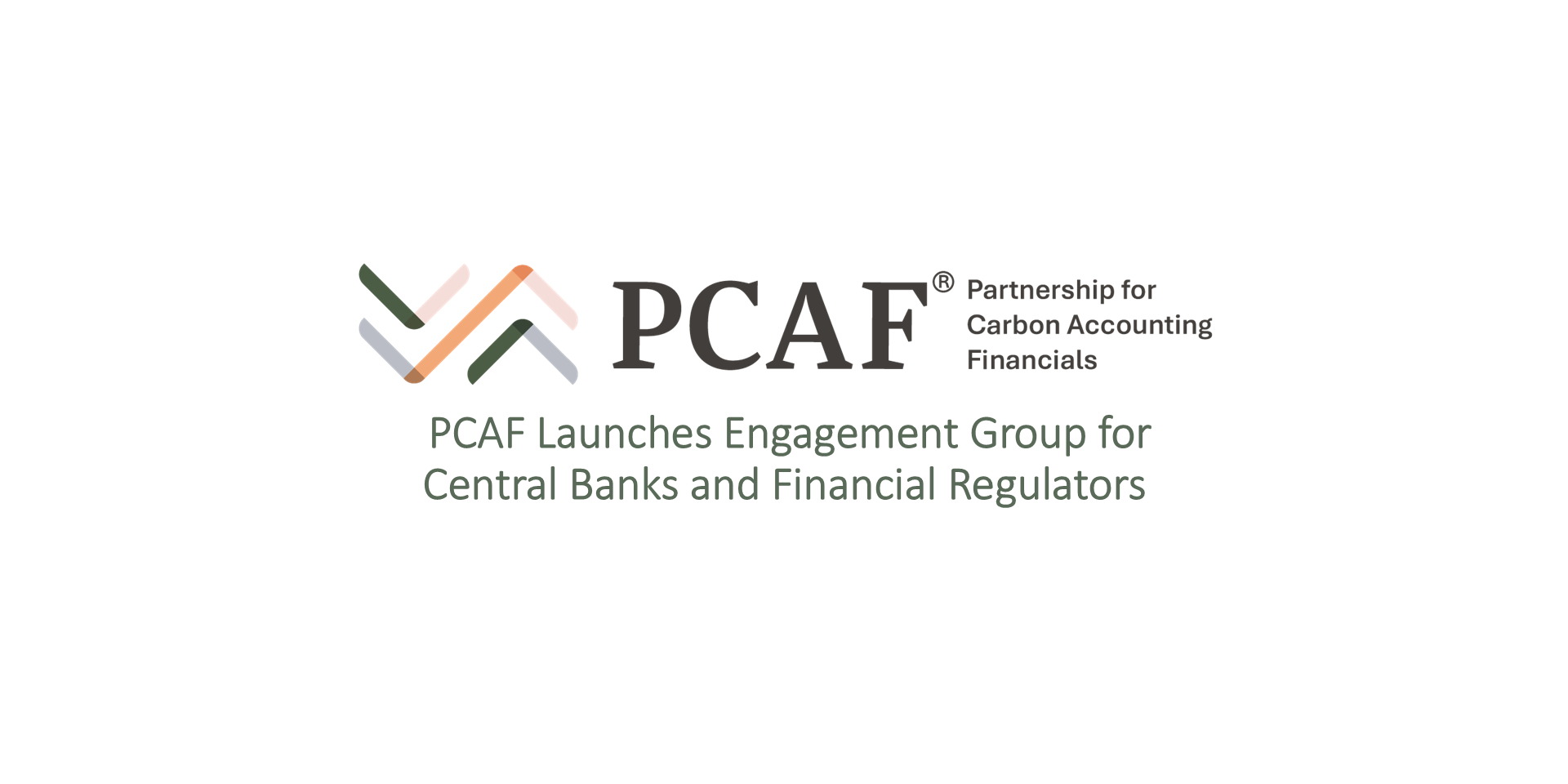Economy
PCAF basics for banks/insurers and pitfalls.

The Partnership for Carbon Accounting Financials (PCAF) has quickly become the go-to framework for banks and insurers seeking to measure and disclose the emissions linked to their lending and investment portfolios. At its core, PCAF provides standardized methodologies for calculating so-called “financed emissions,” giving financial institutions a clearer picture of their climate impact and enabling comparability across peers. For a sector under growing pressure from regulators, investors, and civil society to demonstrate credible climate strategies, adopting PCAF has become a baseline expectation rather than a voluntary gesture.
The basics are straightforward. PCAF covers six key asset classes—listed equity and corporate bonds, business loans and unlisted equity, project finance, commercial real estate, mortgages, and motor vehicle loans. Institutions calculate their share of emissions by applying attribution factors to the companies or projects they finance. For example, if a bank provides 10 percent of a company’s total debt and equity, it attributes 10 percent of that company’s reported or estimated emissions to its own portfolio. The goal is to create consistency in how financed emissions are counted, avoiding the patchwork of methodologies that previously made comparisons nearly impossible.
However, putting PCAF into practice reveals pitfalls and challenges. The first is data quality. Many borrowers do not yet report reliable emissions data, forcing banks and insurers to rely on estimates, proxies, or sector averages. This can undermine precision and make it difficult to assess progress over time. A second pitfall is boundary definition—deciding which subsidiaries, geographies, or joint ventures to include. Without clarity, disclosures can vary widely between institutions, weakening comparability.
Another challenge lies in incentive alignment. Simply measuring financed emissions does not automatically lead to reductions. Banks and insurers may report their numbers without fundamentally changing lending or underwriting practices, creating a risk of “box-ticking” disclosure. Furthermore, PCAF does not by itself solve the issue of portfolio decarbonization pathways—how institutions should set targets, engage clients, or phase out high-carbon activities. This is where alignment with initiatives such as the Science Based Targets initiative (SBTi) or the Net-Zero Banking Alliance becomes critical.
For insurers, the picture is even more complex. Underwriting portfolios differ from investment portfolios, and methodologies for calculating insured emissions are less mature. This creates uncertainty over how PCAF should be applied consistently in insurance markets, leaving room for interpretation and potential inconsistency.
Despite these pitfalls, the adoption of PCAF is a major step forward. It provides a common language for discussing financed emissions and forces institutions to take ownership of the climate impact embedded in their portfolios. The real test will be whether banks and insurers move beyond compliance to use PCAF as a foundation for genuine strategy—redirecting capital toward low-carbon opportunities, engaging clients on transition plans, and phasing down support for emissions-intensive activities. Without this step, PCAF risks becoming a technical exercise rather than a driver of systemic change.

At least 20 people killed in Russian glide bomb attack on village in eastern Ukraine

Transition vs. Physical Risk A decision tree for which risk dominates by industry.

Getting Assurance-Ready — Controls and evidence trails for sustainability data.
trending posts

TOP Categories
Google Web Reporters













3 comments
David Bowie
3 hours agoEmily Johnson Cee
2 dayes agoLuis Diaz
September 25, 2025